Sala10: Lawrence Abu Hamdan
Walled Unwalled
Lawrence Abu Hamdan has specialized in a branch of knowledge that has historically been underestimated in Western culture—noise—dominating the power of listening, a power that governments have continuously abused through the use of a variety of technologies. His way of listening is emancipated from speech.
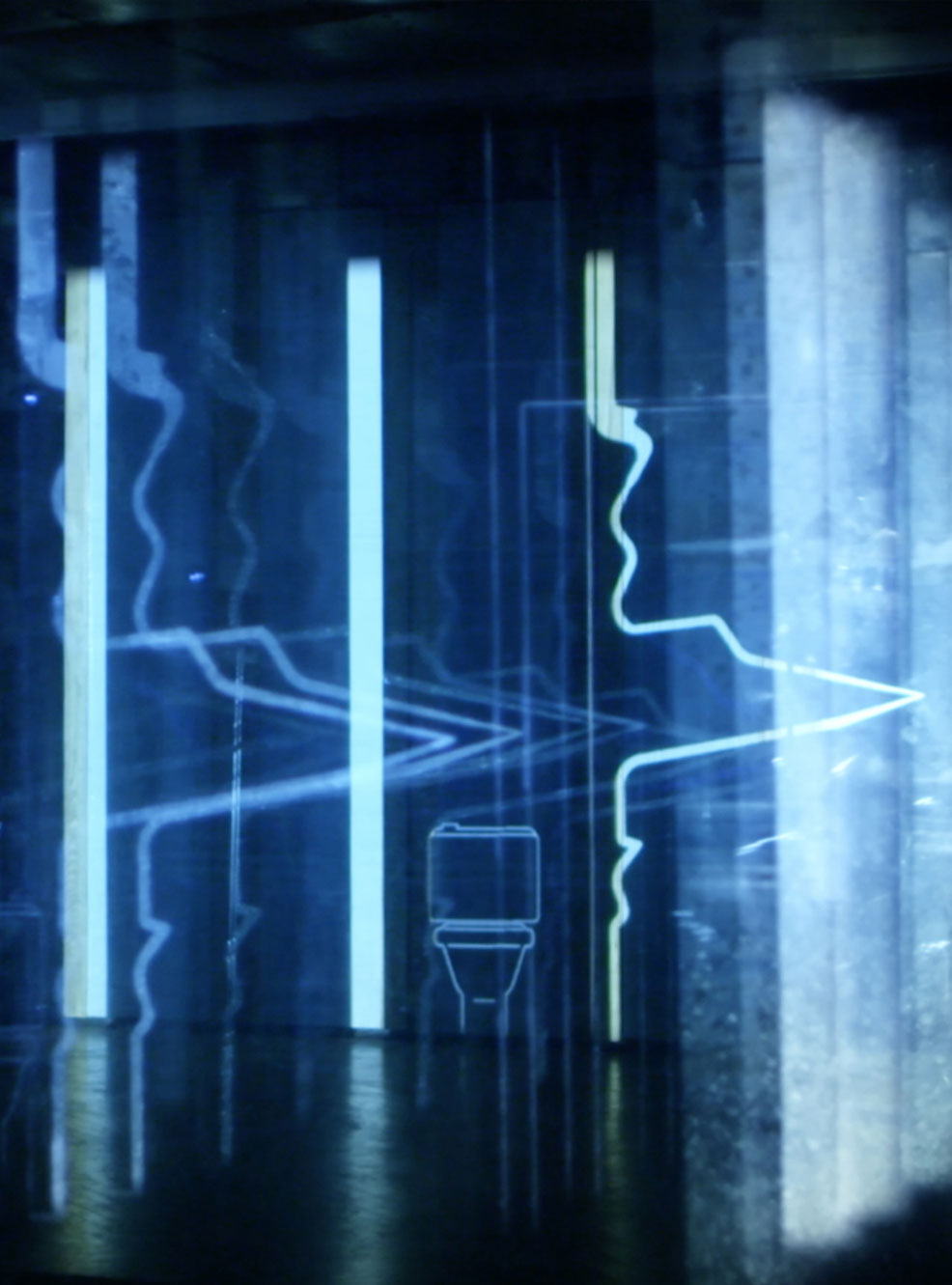
Abu Hamdan thoroughly explores this knowledge, for which we don’t have a precise terminology, harvesting the deep, complex informational richness of noise. He does so on two fronts: through art and through his career as a private ear, a type of private investigator of sound who works in international law, collaborating with international human rights organizations such as Forensic Architecture, Defence for Children International and Amnesty International. His 2012 piece Conflicted Phonemes, for example, showed how accent variations among asylum seekers were used to deny them the right to reside in the Netherlands, on the basis that they were allegedly not from where they said they were. Four years later, an acoustic analysis he conducted proved that a group of Israeli soldiers did not shoot two Palestinian teenagers with rubber bullets – as they alleged – but with live ammunition.
In Walled Unwalled, Abu Hamdan performs a lecture that covers a series of legal and historical cases that revolve around evidence heard through walls, concluding with a diagnostic on the political and social use of the wall. Here he focuses on the multiplication of border walls and the permeability of houses, pyramids, prisons and even the planet’s atmosphere. As governments erect barriers to keep out immigrants, their police and armed forces spy on what happens behind closed doors, violating the privacy of individuals.
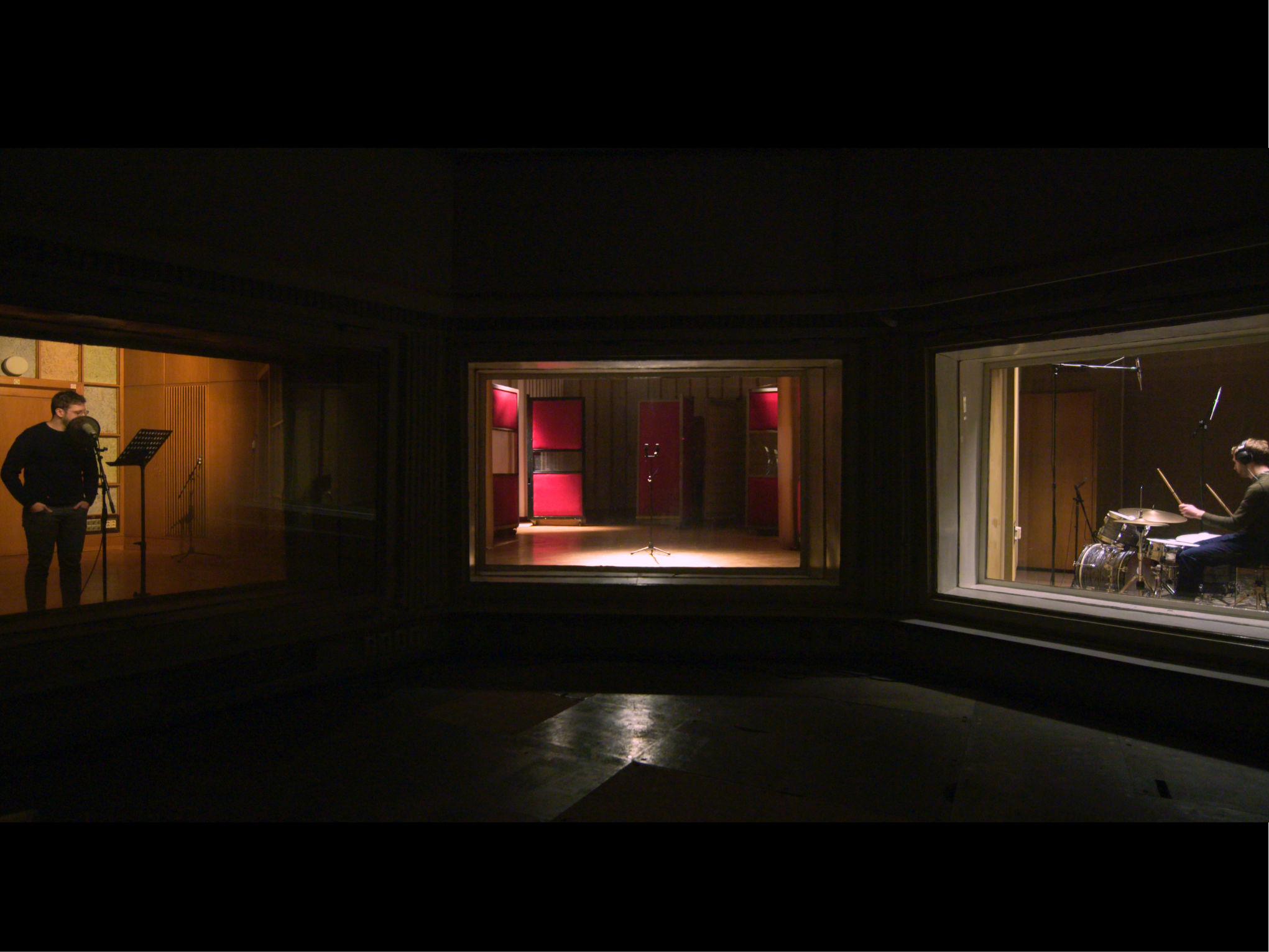
Here, Abu Hamdan introduces the concept of muography: a technique for creating images of what’s on the other side of a wall without having to physically alter it. Muons are elementary, cosmic particles that constantly bombard the Earth’s surface; they are used in archaeological and vulcanological studies as they are able to penetrate rocks, cement and lead. On the other hand, they could make possible the greatest surveillance system in human history. In a certain sense, Abu Hamdan is also a muographer, although he uses sound waves to pierce walls, both physical walls and walls of memory. In 2016, he formed part of the team that interviewed six survivors of Sednaya, one of the most violent military prisons in Syria, which functions as a torture and extermination center. These testimonies clearly illustrate how sound and architecture are used as torture devices.
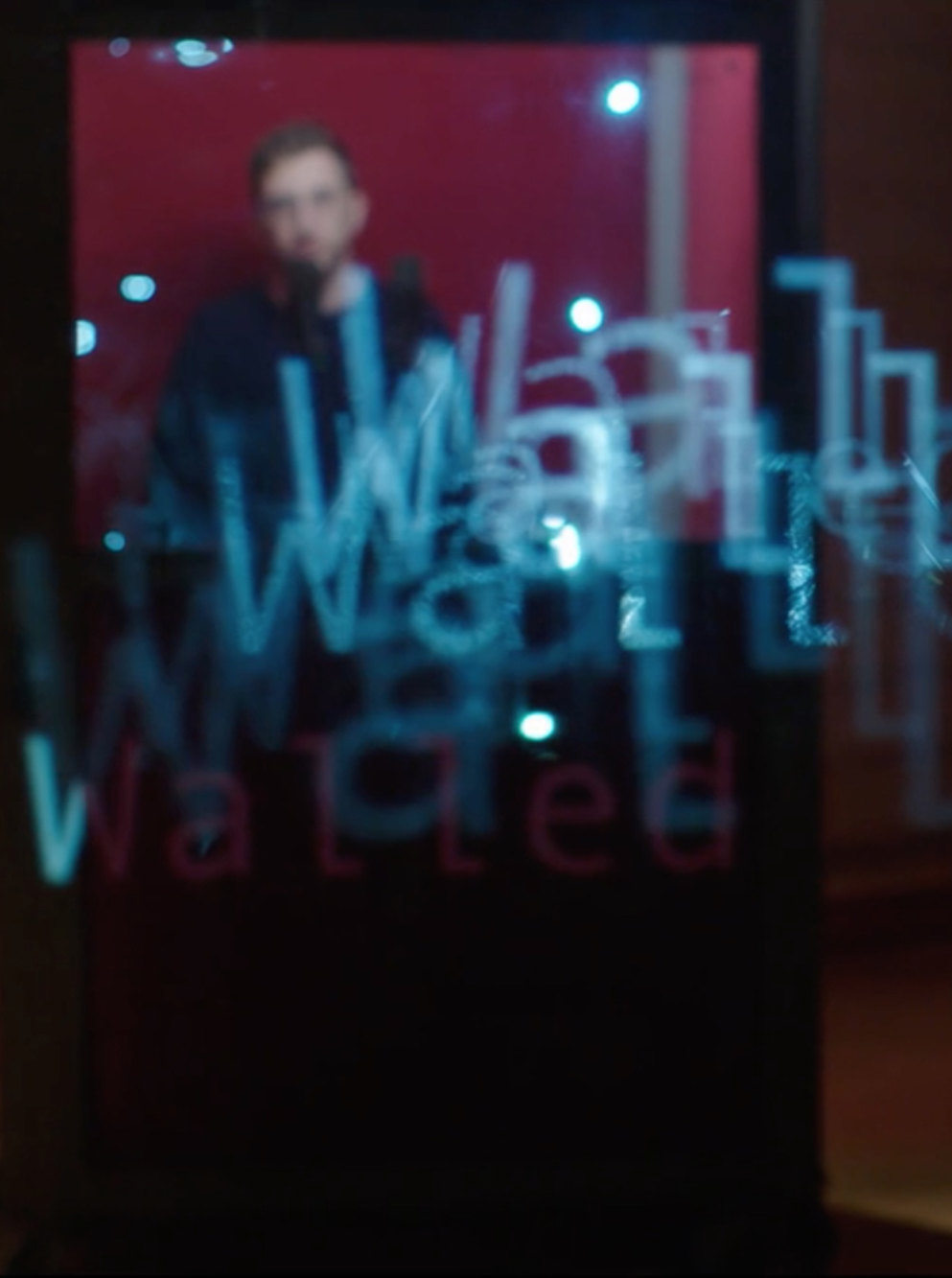
This piece also supports Abu Hamdan’s thesis on the ambiguous, highly distorted relationship we have with noise. Much of the imaginary and vocabulary of sound has been artificially constructed by radio, film and television, to the extent in which many of us don’t know what a gunshot actually sounds like, for example. The video Walled Unwalled was filmed at a recording studio at which artificial sounds are constantly created, simulating authentic ones.
This is not just any recording studio, however: Funkhaus, in what was once East Berlin, is located in the building that housed the public radio station of the German Democratic Republic from 1952 to 1991. This site forms yet another part of the artist’s discourse, as one aspect of the Cold War involved dueling radio transmissions that either sought to penetrate or preserve a wall: the Iron Curtain. As in many of his legal investigations, Abu Hamdan inverts the purpose of the recording studio, using it as a place of experimentation and of production of truth.
At the same time, we can think of the radio station itself as an instrument, since Abu Hamdan is also a musician. Although this piece is centered on a verbal monologue, his voice is interwoven with archival materials and an ominous drum solo, the rhythm thus created designed to trigger our imagination and our sensitivity to sound. These elements combine with a choreography of walls that solidify and disappear as Abu Hamdan tours the three booths of the studio.
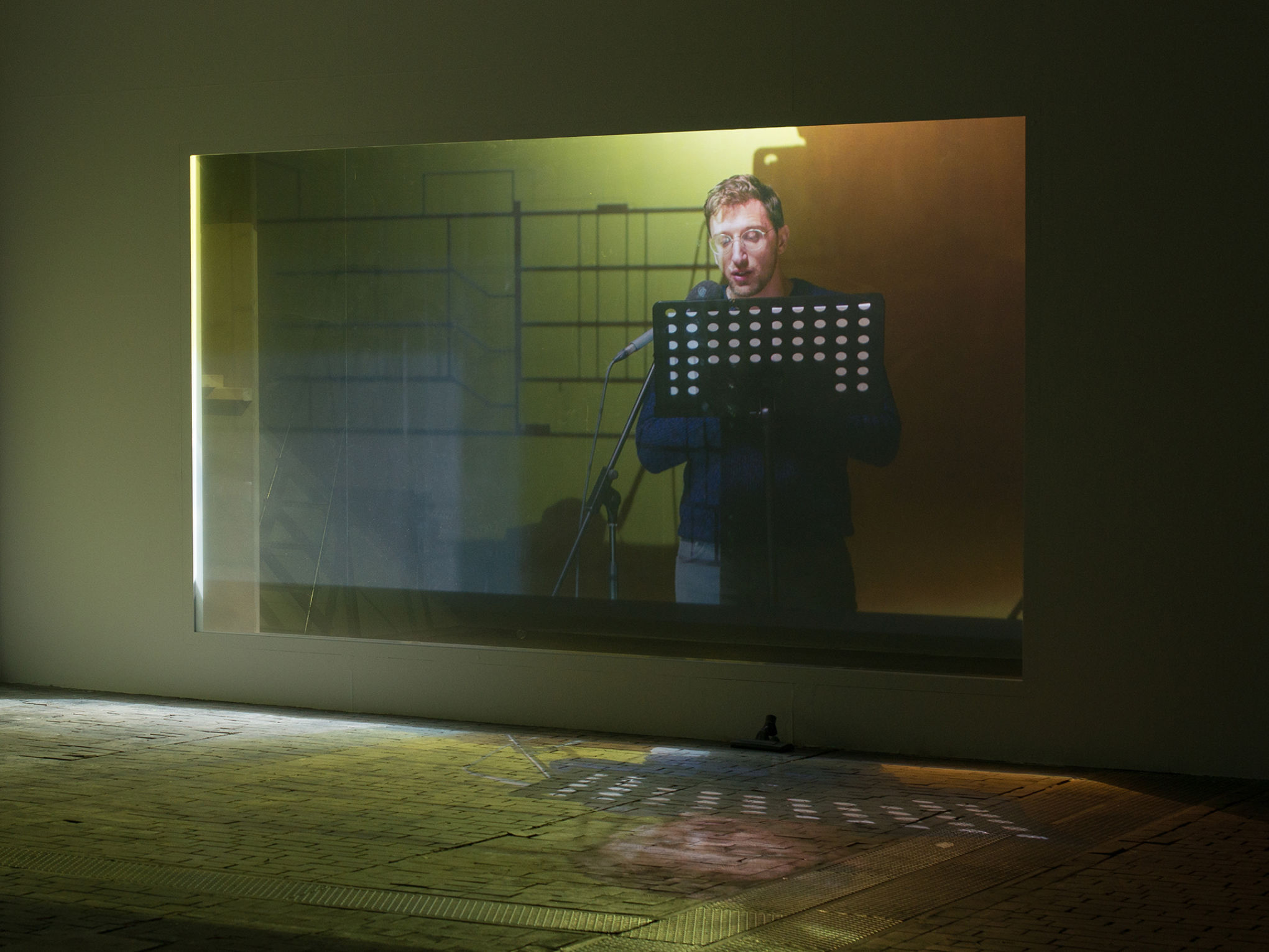
As a whole, this experiment aims to dismantle the Western notion that sound lacks a discourse, that it is mere excess. In many interviews, Abu Hamdan has said that the voice is the last place we should look for the truth; he finds it instead in this very excess. This allows us to discern a new politics of listening and memory, which begins by making visible and democratizing existing technologies of control, exclusion and oppression that are based on the manipulation of the universe of sound.
We must not just think about sound, but learn to think in sound and how it penetrates walls. Who benefits from these acoustic leaks? If you don’t want to see another front opened up in the struggle against power, don’t ask yourself this question. Before taking this decision, though, remember that the advantage of understanding the porosity of a front is that it allows a counterattack to be prepared.
Alejandra Labastida
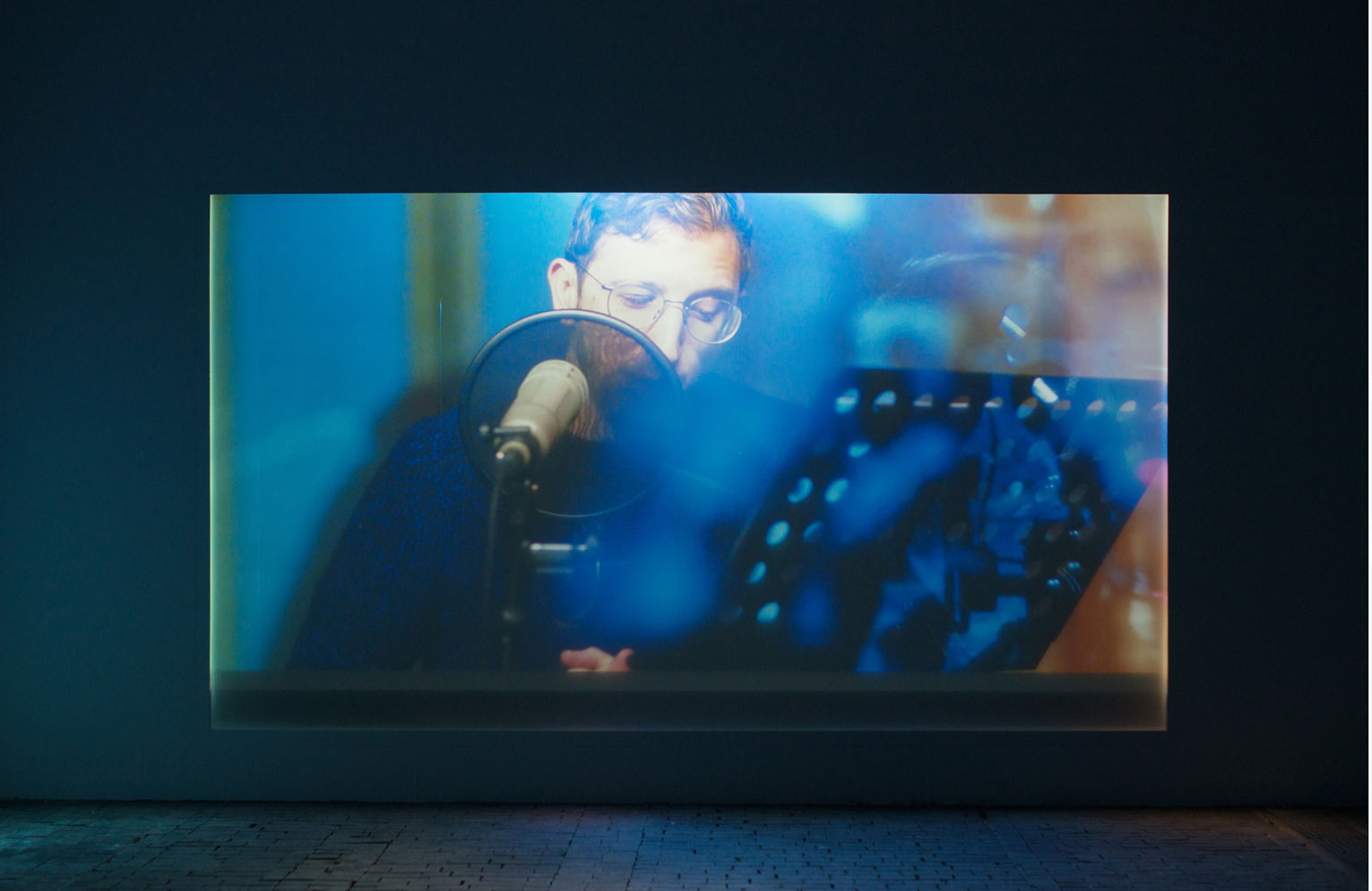
Lawrence Abu Hamdan, Walled Unwalled, 2018
Video, 20’ 59’’
© Lawrence Abu Hamdan, courtesy of Maureen Paley, London/Hove
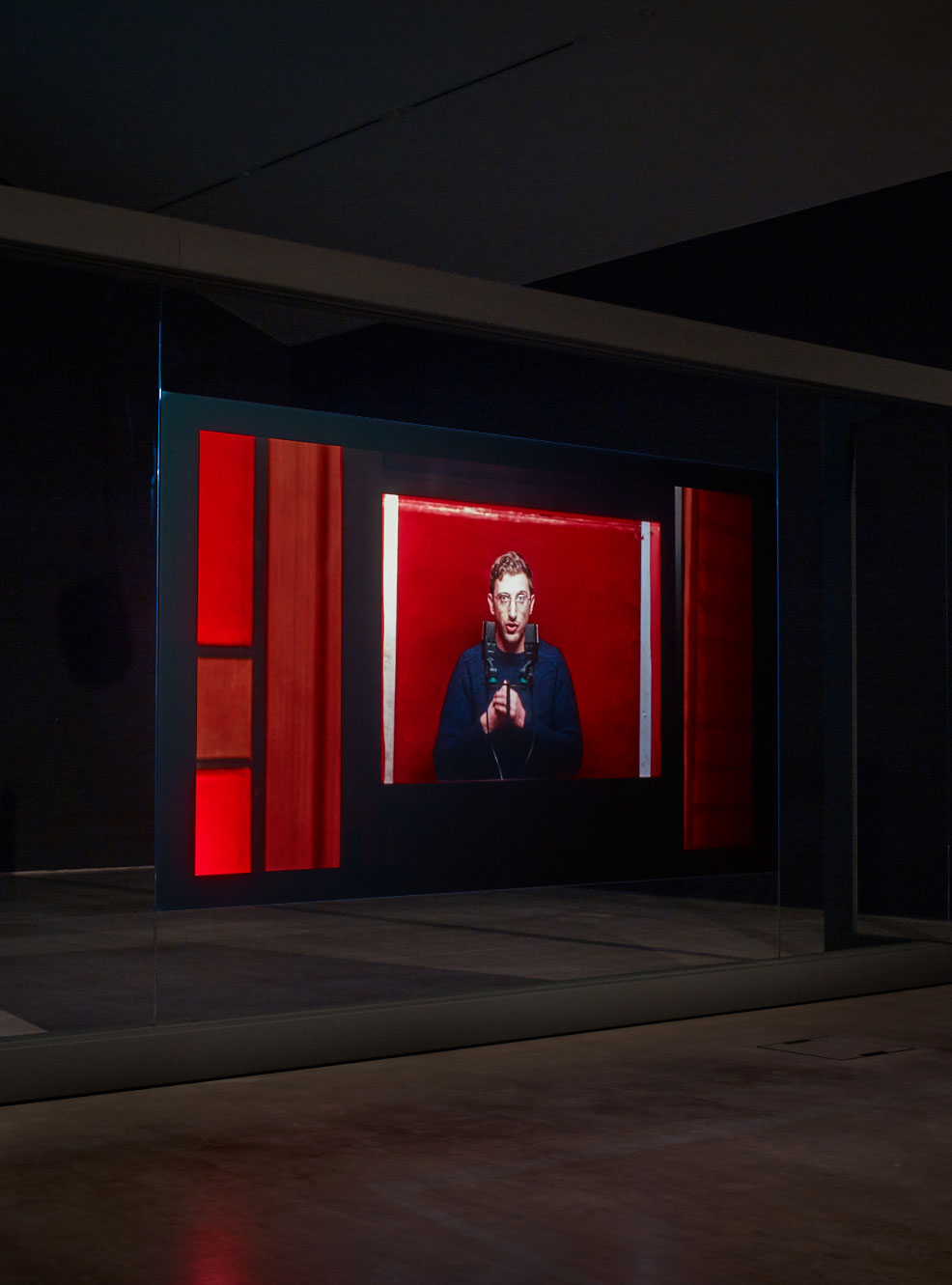
Lawrence Abu Hamdan
(Reincarnated in Amman, Jordan, in 1985; currently living in Dubai)
Lawrence Abu Hamdan is a private ear. His interest with sound and its intersection with politics originate from his background as a touring musician and facilitator of DIY music. The artist’s audio investigations have been used as evidence at the UK Asylum and Immigration Tribunal and as advocacy for organisations such as Amnesty International and Defence for Children International together with fellow researchers from Forensic Architecture. Abu Hamdan completed his PhD in 2017 from Goldsmiths College, University of London, and is currently a fellow at the Gray Centre for Arts and Inquiry at the University of Chicago. Abu Hamdan has exhibited his work at the 58th Venice Biennale, the 11th Gwanju Biennale and the 13th and 14th Sharjah Biennial, Witte de With, Rotterdam, Tate Modern Tanks, Chisenhale Gallery, Hammer Museum L.A., Portikus Frankfurt, The Showroom, London, and Casco, Utrecht. His works are part of collections at MoMA, Guggenheim, Van AbbeMuseum, Centre Pompidou and Tate Modern. Abu Hamdan’s work has been awarded the 2019 Edvard Munch Art Award, the 2016 Nam June Paik Award for new media and in 2017 his film Rubber Coated Steel won the Tiger short film award at the Rotterdam International Film festival. For the 2019 Turner Prize, Abu Hamdan, together with nominated artists Helen Cammock, Óscar Murillo and Tai Shani, formed a temporary collective in order to be jointly granted the award.


